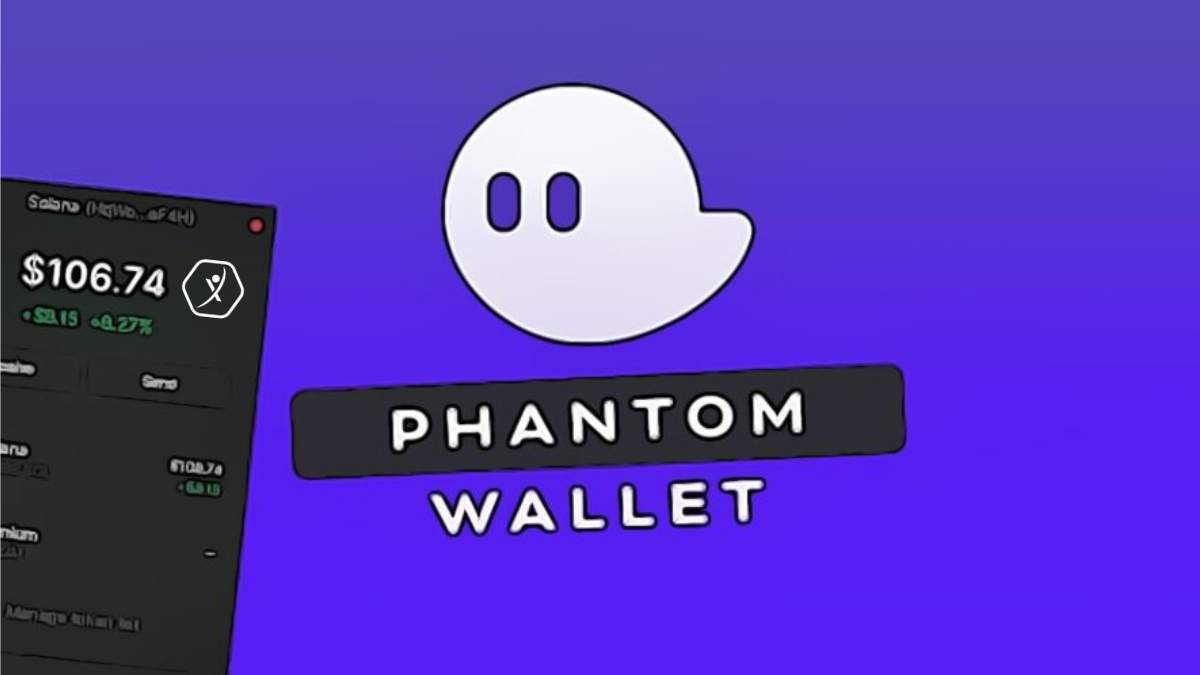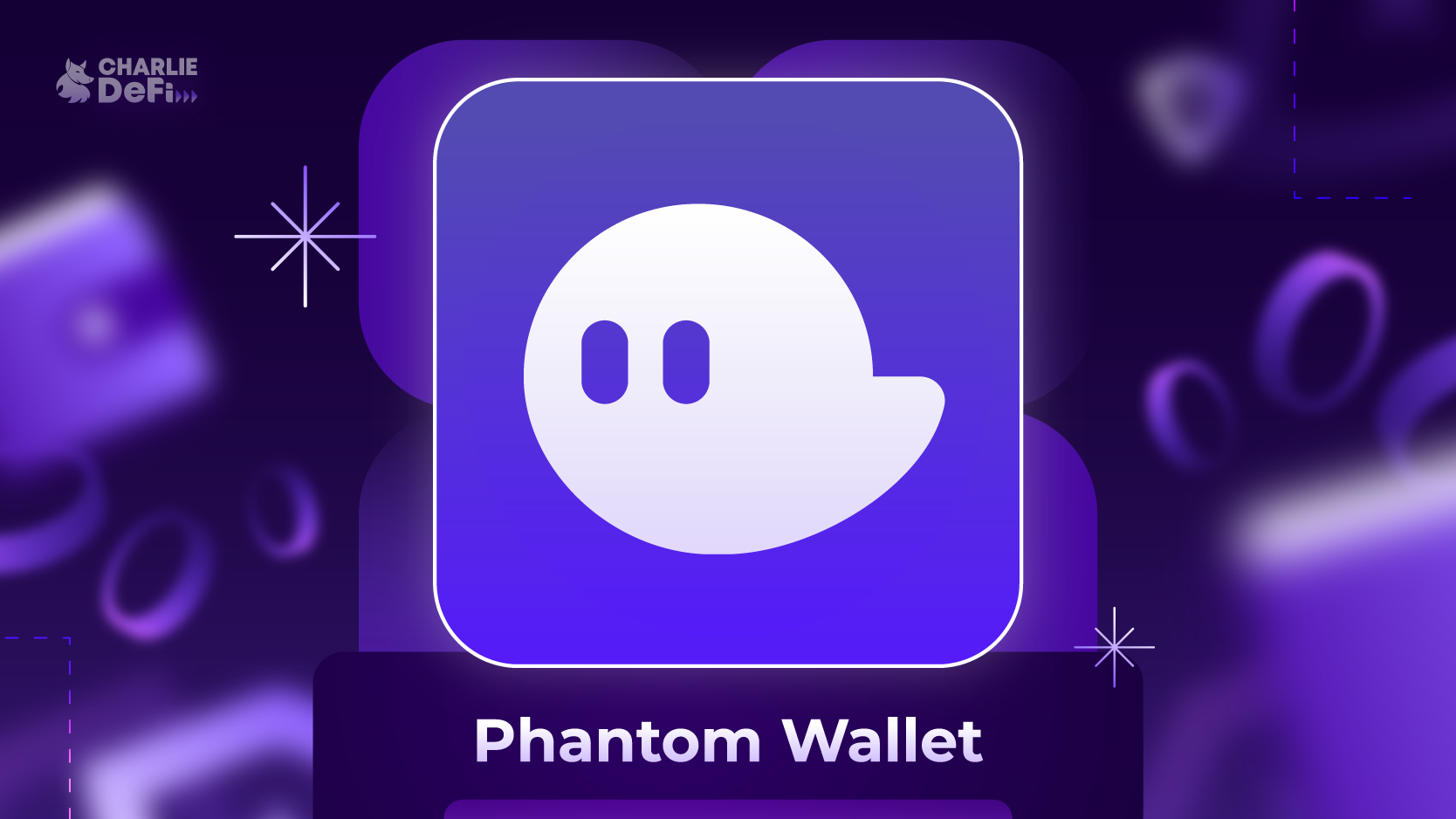Okay, so check this out—managing crypto portfolios used to feel like juggling flaming torches in the dark. Seriously! Most wallets offered just basic balances, and if you wanted to track performance or dive into DeFi protocols, you had to jump through hoops, switching apps or tabs constantly. Something felt off about that experience. It was clunky, confusing, and honestly, kinda risky. My gut said there had to be a better way, especially for folks who aren’t institutional traders but still crave powerful tools.
At first, I thought, «Well, maybe this is just the price of entry in crypto.» But then, as I poked around deeper, I realized the landscape’s evolving fast—especially with browser extensions like the okx wallet extension that blend portfolio tracking, DeFi access, and institutional-grade tools into one seamless experience. Whoa! That’s a big leap.
Let me walk you through why this matters, especially if you’re browsing for a wallet extension that doesn’t just store your coins but actually helps you manage and grow them.
First off, portfolio tracking isn’t just about seeing your current balance anymore. It’s about understanding your entire crypto footprint across multiple blockchains and DeFi protocols. For instance, I had coins spread on Ethereum, BSC, and even some Polygon-based assets. Without a unified tracker, I had to plug into different explorers or apps. Too many tabs, too much guesswork.
Here’s the thing. The new breed of wallet extensions—like the okx wallet extension—integrate portfolio analytics directly. You get real-time valuation, profit/loss stats, and even alerts on token performance without leaving your browser. That’s a huge convenience factor, especially if you’re juggling multiple tokens or dabbling in yield farming.
Hmm… yield farming. That’s where DeFi protocols come into play, right? Initially, I was skeptical about DeFi’s complexity. I mean, the jargon alone is enough to scare anyone off: LP tokens, impermanent loss, staking rewards… the list goes on. On one hand, these protocols offer amazing returns and decentralized financial services, but on the other, they can be risky and confusing for everyday users.
Actually, wait—let me rephrase that. What bugs me about many DeFi tools is how fragmented they feel. You often need to connect multiple wallets, approve countless transactions, and pray nothing goes sideways. But some wallet extensions are changing the game by integrating DeFi access right inside the extension. This means you can swap tokens, stake assets, or lend funds without hopping between apps.
It’s like having your own mini financial dashboard with institutional tools baked in. For example, the okx wallet extension offers secure key management plus easy DeFi protocol integrations, so you aren’t just a passive holder—you’re actively managing your assets. Pretty cool, right?

Okay, back to portfolio tracking—it’s not just for casual users. Institutional traders and serious investors have been demanding better tools for ages, but many solutions were either too complex or too costly. Now, wallet extensions are starting to bridge that gap, offering advanced charts, risk assessments, and even multi-asset support in a user-friendly way.
Why is this important? Because as crypto matures, the line between casual users and institutions blurs. People want transparency, security, and control without sacrificing ease of use. The okx wallet extension fits right into that niche—it’s designed to be robust enough for pros but accessible for newcomers.
Oh, and by the way, one feature I found unexpectedly helpful was the automatic syncing of transaction history across chains. I was tracking some DeFi positions on separate chains, and this extension pulled it all together. Honestly, that saved me from a lot of manual spreadsheet work (which, trust me, is a pain).
Now, here’s where things get interesting. While these tools sound perfect, I noticed some challenges too. Security remains a big concern. Extensions—being browser-based—are exposed to phishing and malware risks. So, choosing one with solid encryption and community trust is key. The okx wallet extension, for instance, emphasizes security with hardware wallet compatibility and multi-factor authentication options.
Still, I’m not 100% sure if all users appreciate the trade-offs. Sometimes, convenience can lead to complacency. But I guess that’s the eternal tech tension: balancing usability with security.
Here’s a question I’ve been mulling over: will these integrated tools push more people toward active portfolio management? Or will some just stick to hodling and ignore the bells and whistles? My instinct says it’s a mix. Some folks want simplicity, others crave control.
Anyway, if you’re a browser user looking for a wallet that’s more than just a vault—something that integrates with DeFi protocols and offers institutional-grade portfolio tracking without the steep learning curve—you might wanna give the okx wallet extension a shot. It’s been a game-changer for me, and I bet it could be for you too.
Frequently Asked Questions
What makes portfolio tracking important in crypto?
Tracking helps you understand your asset performance across multiple blockchains and DeFi protocols, enabling smarter investment decisions and risk management.
Are institutional tools necessary for everyday users?
Not strictly, but many such tools improve transparency and control, making them valuable even for casual investors aiming to grow their holdings strategically.
How does the okx wallet extension improve DeFi access?
It integrates DeFi functions like swapping, staking, and lending directly into the wallet, reducing the need to jump between multiple apps and enhancing security.







